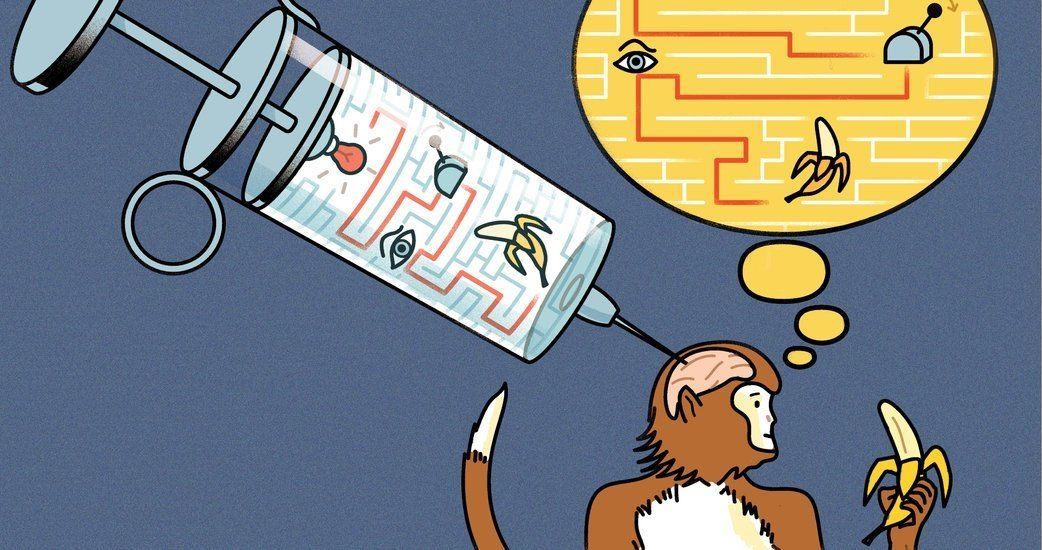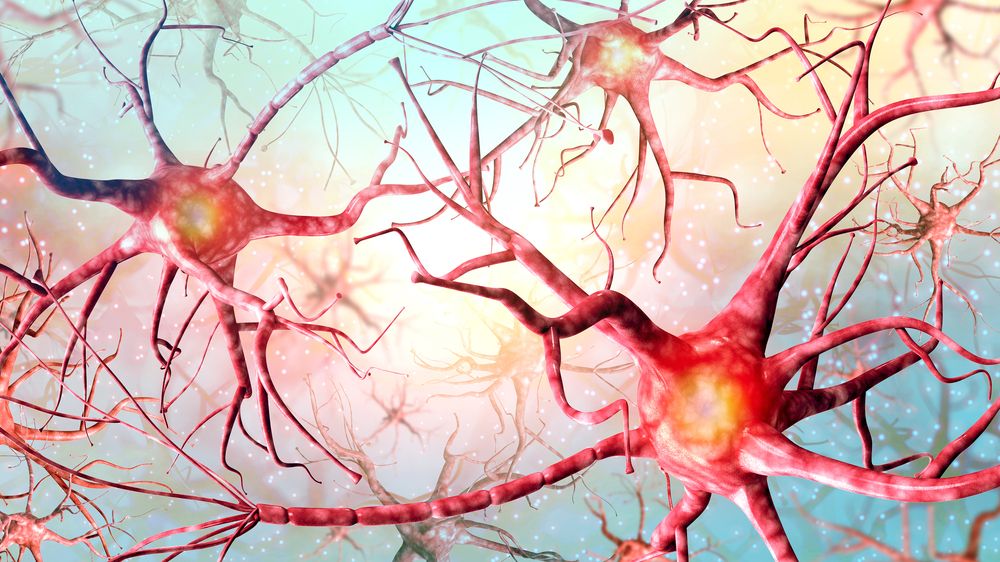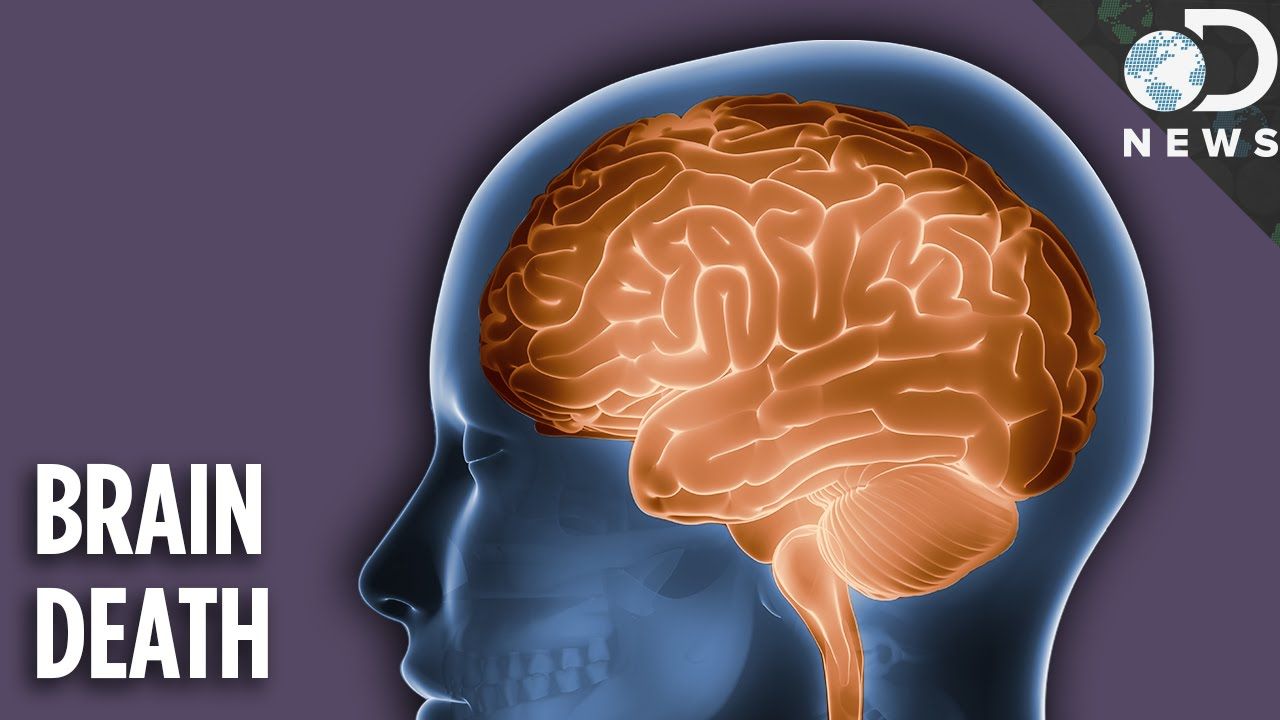Dec 22, 2017
It’s Possible to Plant False Memories Into Your Brain, And It Could Be a Good Thing
Posted by Shailesh Prasad in category: neuroscience
Have you ever had an argument because you disagree about the way something happened? You were both there, you saw the same thing, but you remember it differently.
This happens quite a lot, because human memories are imperfect. As much as we all like to think we can trust our own minds, memories can be altered over time.
Elizabeth F. Loftus is a researcher and professor of cognitive psychology and human memory. She is well known in the field for her work on the creation and nature of false memories, and how people can be influenced by information after an event has happened, event consulting or providing expert witness testimony for hundreds of court cases.
















